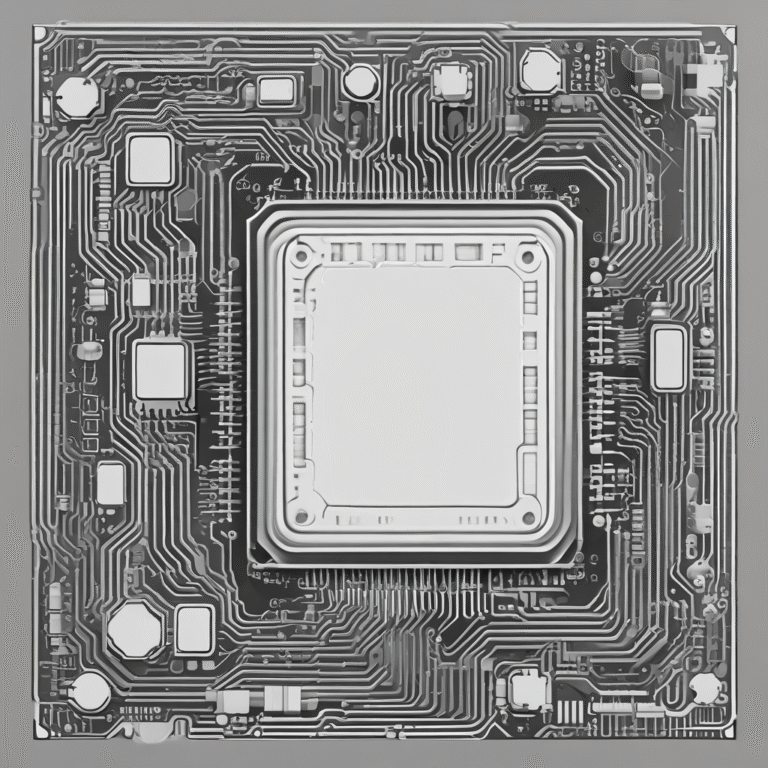Governance in GenAI: Implementing Robust CyberSecurity Measures for AI Innovation
Generative AI (GenAI) enhances industries by offering capabilities that range from creating human-like text to generating lifelike images and videos. However, as businesses increasingly adopt GenAI to drive innovation, the need for robust governance and cybersecurity measures has never been more critical.
GenAI‘s dual nature—both a tool for advancement and a potential source of risk—demands a careful balance between innovation and safeguarding systems. The application of AI shouldn’t come at the expense of ethical standards and security requirements. Instead, the right cybersecurity frameworks should be in place, allowing the responsible use of AI to unlock unprecedented opportunities for various industries safely.
Understanding the Relationship between GenAI and Cybersecurity
GenAI technologies have advanced rapidly, enabling machines to perform tasks once thought to be uniquely human. From automating content creation to enhancing predictive analytics, GenAI is changing business operations across sectors. However, this technological leap comes with significant cybersecurity challenges.
AI-driven tools are instrumental in detecting and mitigating cyber threats through real-time monitoring and predictive analytics. However, the same technology can be weaponized to launch sophisticated attacks, such as deepfake scams or adversarial machine learning exploits.
Consider a financial services company that handles sensitive client data, including personal identification and banking details. Cybercriminals may use a generative AI model to craft highly sophisticated phishing emails tailored to mimic internal communications from the company’s IT department, complete with its branding, tone, and style.
When an unsuspecting employee clicks the link and enters their credentials on the fake site, the attacker gains access to the company’s internal systems, which they exploit to steal sensitive client data. This scenario highlights the crucial role of security and risk management in assessing security risks and implementing proactive measures to safeguard against them.
Governance Frameworks for GenAI
Responsible AI deployment, particularly in the context of GenAI, centers on implementing an enterprise-wide governance, risk, and compliance (GRC) tool. AI governance is defined as a structured outlook for managing the development, deployment, and use of AI technologies that prioritizes accountability and ethical considerations.
The key components of an effective AI governance framework include clear policies on data usage, mechanisms for monitoring algorithmic decisions, and protocols for addressing ethical dilemmas. The framework provides a structure to align security strategies with business objectives while verifying regulatory adherence.
For instance, the development of the GenAI Risk Framework highlights a perspective for managing GenAI’s inherent risks. This framework proactively identifies, assesses, and mitigates risks across multiple critical dimensions, including algorithmic bias, privacy concerns, transparency, explainability, and responsible deployment.
By addressing these areas, the framework safeguards organizations from potential vulnerabilities and fosters trust in deploying AI technologies. Integrating these elements into operations creates an environment where innovation thrives without compromising security or ethical standards.
Implementing the GRC of GenAI
Having robust GenAI is one thing, but implementing it in specific business scenarios is another. A successful GenAI deployment must be carefully adapted to match a company’s technological proficiency, specific needs, and strategic objectives.
Effective GenAI implementation begins with thoroughly evaluating an organization’s existing technology. Businesses need to honestly assess the cybersecurity measures in place to know what they need, whether foundational data infrastructure improvements or more advanced cybersecurity measures. This assessment phase reveals critical insights about how GenAI governance should be structured.
Furthermore, GRC in businesses should not be a one-size-fits-all solution but a flexible framework that mirrors the company’s values and operational style. The key is developing governance structures that feel natural to the organization rather than imposed from outside.
For organizations with collaborative cultures, governance models that distribute responsibility across departments with clear accountability mechanisms are recommended. Conversely, more structured approval workflows may be advisable for hierarchical organizations with explicit executive oversight of GenAI applications.
Establishing clear governance structures is crucial in helping companies create robust governance frameworks that define roles, responsibilities, and decision-making processes for GenAI initiatives. This consolidation enables organizations to monitor real-time risks, streamline compliance activities, and foster collaboration across departments.
Maintaining transparency empowers teams to act swiftly and strategically in the face of challenges, confirming accountability and alignment with organizational goals. Integrating cybersecurity measures that fit a specific company culture improves transparency in decision-making processes and facilitates easier auditing, which is crucial for building trust among other departments, stakeholders, and regulatory bodies.
The Role of Human Oversight
Cybersecurity in the age of GenAI is about anticipating threats before they materialize. This requires robust security protocols integrated into every stage of the AI development lifecycle.
Cybersecurity is more than reactive measures—it involves proactively addressing potential vulnerabilities before they escalate into threats. This philosophy explains the advocacy for robust, multi-faceted cybersecurity strategies that address the unique challenges generative AI systems pose.
The role of human oversight in successfully implementing GenAI systems remains paramount. While tools provide structured methodologies for identifying, assessing, and mitigating risks, they cannot fully account for individual businesses’ nuanced and dynamic needs.
Human judgment is critical in tailoring these frameworks to align with an organization’s specific objectives, industry requirements, and operational context. The tools and frameworks are essential, but human insight ensures they are applied in a way that amplifies results and addresses unique challenges.
Integrating human judgment at every stage demonstrates how organizations can connect standardized frameworks and real-world applications, building a culture of responsible innovation that balances security with business agility.
Having cybersecurity experts on board allows organizations to adapt governance strategies to their evolving needs, confirming that AI systems remain both effective and ethical. These experts interpret findings in the context of business priorities and make informed decisions on resource allocation or risk mitigation.
A Vision for Responsible Innovation
As generative AI continues to shape the future of business and technology, its impact on cybersecurity governance will only grow more profound. This evolution is both a challenge and an opportunity—a call to innovate and develop advanced measures and tools that keep pace with emerging threats.
Maintaining effective cybersecurity is not a one-person job. It requires a collaborative, cross-functional method within the company’s other teams. This collaboration enables a comprehensive understanding of security requirements and regulatory compliance standards, ensuring that they are seamlessly integrated into ongoing security initiatives.
As cybersecurity experts work together, they stay ahead of malicious actors and anticipate vulnerabilities. This proactive approach helps businesses maintain confidence in their AI systems, harness the benefits of GenAI, and preserve the integrity of their data and information systems.









